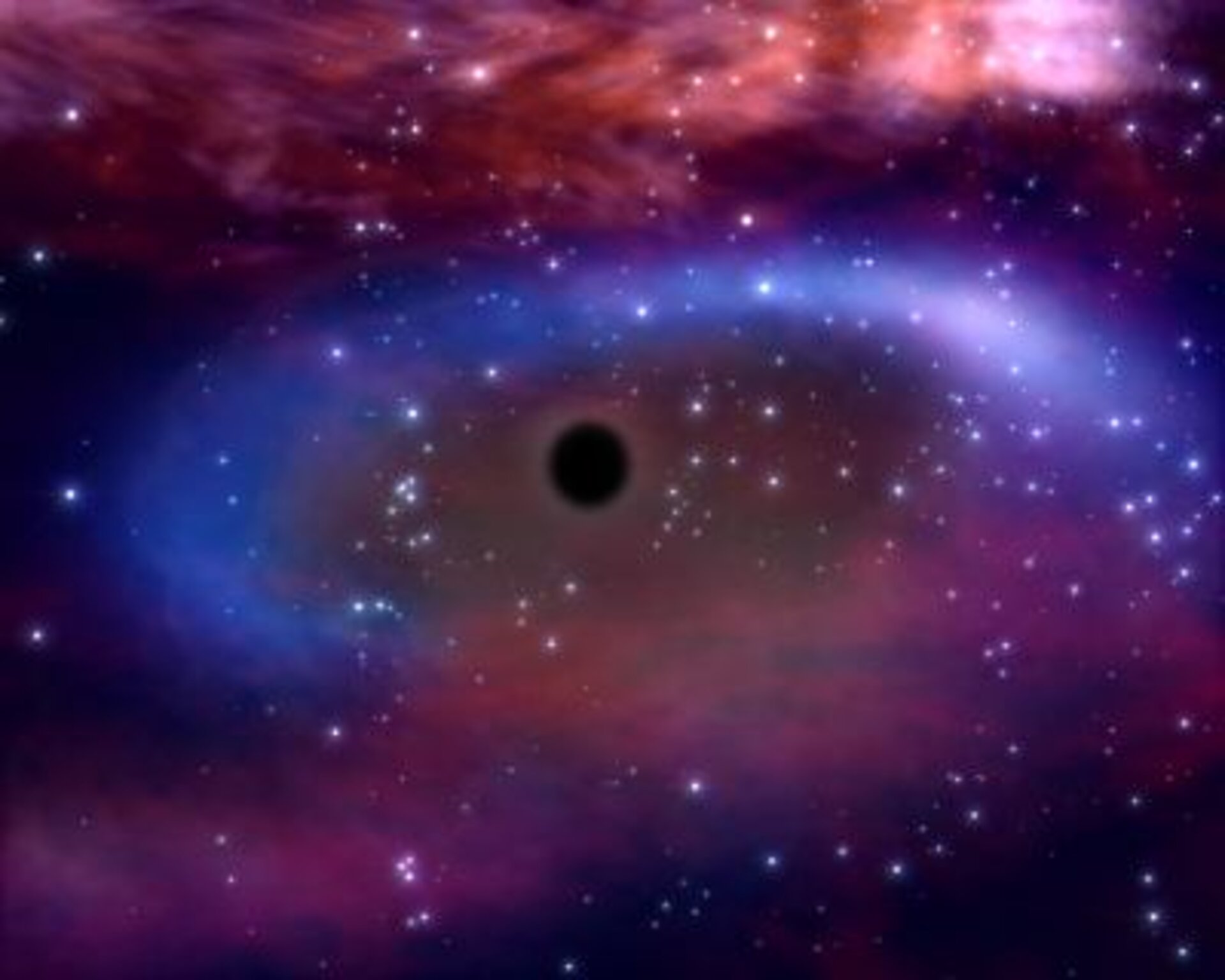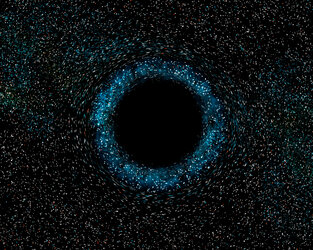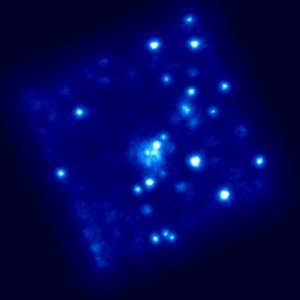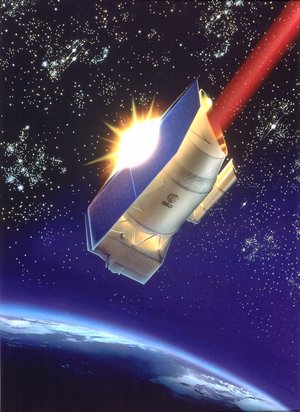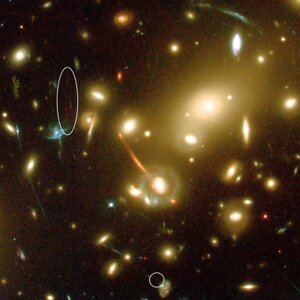Discovering missing black holes
A European team of astronomers has found 30 'supermassive' black holes that had previously escaped detection behind masking dust clouds.
This suggests that we may have underestimated the number of supermassive black holes by as much as a factor of five.
Black holes collect dust. They lurk at the centres of active galaxies in environments not unlike those found in violent tornadoes on Earth. Just as in a tornado, where debris is often found spinning around the vortex, so with a black hole, dust gathers in torus (or 'doughnut') shape around its waist.
In some cases, astronomers can look along the axis of the dust torus from above or from below and have a clear view of the black hole. But with others lying with the dust torus edge-on as viewed from Earth, our view of the black hole will be totally blocked by the dust over a range of wavelengths from the near-infrared to 'soft' (low-energy) X-rays.
While many dust-obscured black holes have been identified, only a few of their high-energy counterparts were known until recently. The identification of a population of 'hidden' high-energy black holes and the active galaxies in which they live has been a key goal for astronomers and will lead to greater understanding of the processes in our Universe.

The identification of a whole population of obscured, but very powerful, supermassive black holes is the first scientific discovery to emerge from a new technique, known as the 'Virtual Observatory' (VO).
Thirty of these black holes were found in two areas of space that include some of the deepest observations from space- and ground-based telescopes, including the NASA/ESA Hubble Space Telescope, and have become the most studied patches in the sky.
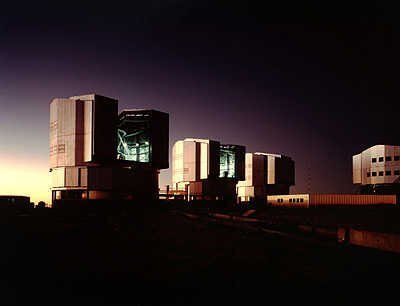
Using the innovative Virtual Observatory technique, information from multiple wavelengths from Hubble, ESO’s Very Large Telescope and NASA's Chandra observatory was combined.
VO techniques made it possible for the researchers to work seamlessly with images and catalogues from many different observed sources, the majority of which are so faint that it is currently not possible to take spectra of them individually.
This discovery suggests that surveys of powerful supermassive black holes have so far underestimated their numbers by at least a factor of two, and possibly by up to a factor of five.


